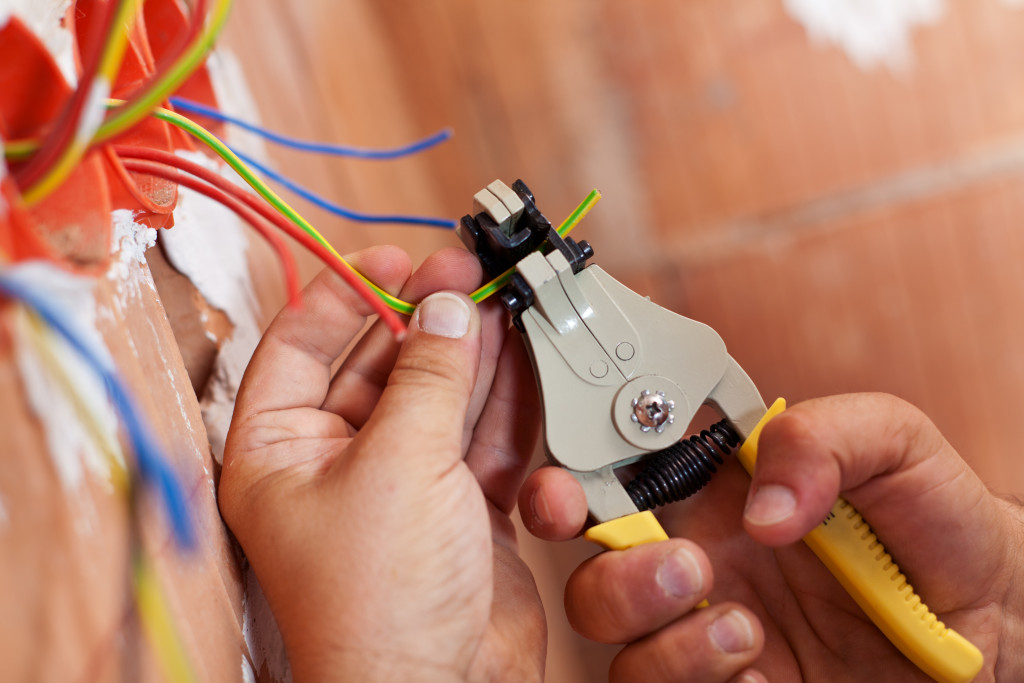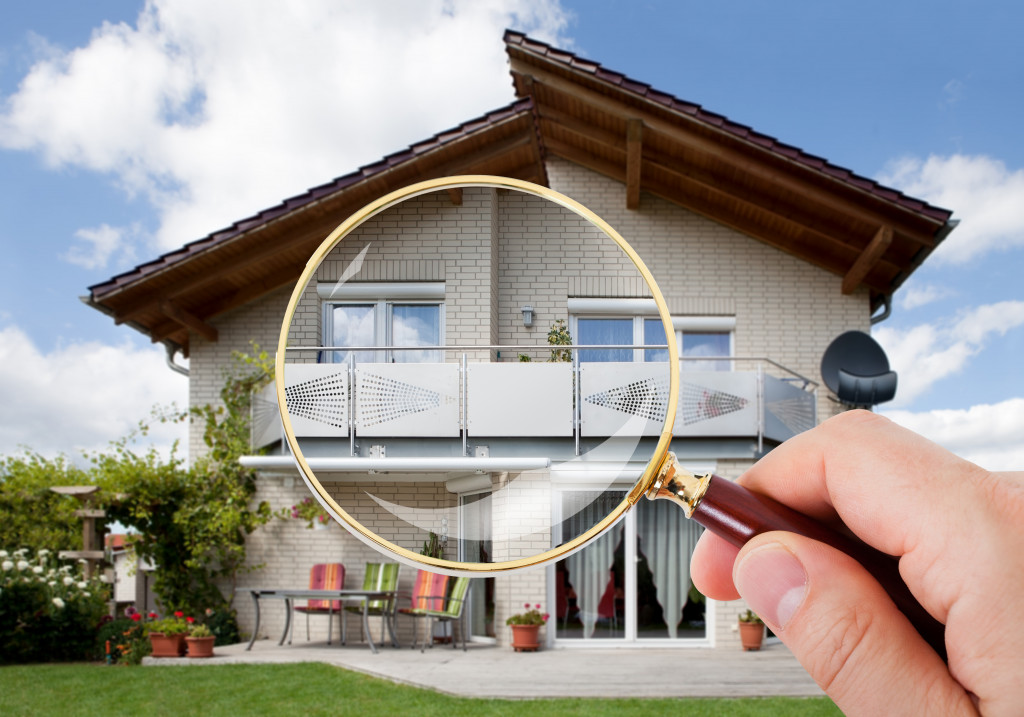- Home renovations should prioritize checking and upgrading the electrical system, ensuring current safety standards.
- Inspect and repair roofing before renovations to avoid undetected damage and potential future costs.
- Plumbing systems in older homes are crucial and require professional evaluation for potential safety risks.
- Energy-efficient insulation like fiberglass, spray foam, cellulose, and radiant barriers improve heating and cooling efficiency.
- Assess foundations and structural issues promptly to avoid safety risks and future complications, ideally with a structural engineer’s assistance.
Renovating an older home can be a daunting task. Many areas may need to be checked and upgraded to ensure the safety and functionality of the house. Homeowners should be aware of the essential areas that need to be checked during a home renovation project to avoid costly future repairs. This blog post will discuss the vital areas homeowners must check when renovating an older home.
Electrical System
One of the primary areas that need to be checked during a home renovation project is the home’s electrical system. Electrical systems in older homes may not be up to code and need to be upgraded to meet current safety standards. Some signs the electrical system needs to be inspected include flickering lights, outdated wiring, and frequent circuit breaker trips.
A licensed electrician should be consulted to evaluate and upgrade the older home’s electrical system. They can inspect the home’s wiring and determine if any repairs or upgrades are necessary. They can also advise homeowners on the best type of safety devices to install, such as circuit breakers, ground fault interrupters, and surge protectors.

Roofing
The roof is also one of the critical areas that homeowners should check during home renovation projects. Older roofs may have leaks, missing shingles, or other damage affecting the roof’s integrity. Pre-roof inspection services are recommended to ensure the roof is in good condition before any renovation begins. This can help avoid costly repairs or replacements due to undetected damage.
If inspection reveals any damage or deterioration, homeowners should consider replacing the roof entirely. Doing so can improve energy efficiency and the overall look of the home’s exterior. It would also be wise to consider installing a waterproof membrane to protect the roof from any moisture buildup.
Plumbing System
Another crucial area that homeowners should focus on is the plumbing system. Older plumbing systems can be outdated and pose safety risks like leaks, clogs, and weak pipes. Replacing pipes and fixtures can be expensive, but avoiding costly water damage can save homeowners money in the long run. Homeowners should consult with a plumber to evaluate the plumbing system.

Insulation
Older homes tend to have poor insulation, leading to higher heating and cooling bills. Installing energy-efficient insulation can significantly improve the energy efficiency of older homes. Different home areas may require different types of insulation, so consulting with an insulation specialist is recommended. But here are some common types of insulation to consider:
Fiberglass
One of the most common types of insulation, fiberglass is an economical option that can provide good thermal performance. It is often used in walls and attics, giving homeowners good value for their money.
Spray Foam
Spray foam provides excellent insulation and air sealing that helps keep the home warm in winter and cool in summer. This type of insulation can be applied to ceilings, crawl spaces, and other hard-to-reach areas. It also helps reduce noise from outside the home.
Cellulose
If homeowners want a more environmentally friendly option, cellulose insulation is a good choice. It is made from recycled paper and can effectively reduce energy costs. It also offers good soundproofing qualities.
Radiant Barriers
Radiant barriers are a unique type of insulation that can help reduce heat transfer and lower energy bills. It is usually installed in attics and other areas exposed to extreme temperature changes.
Foundation and Structural Issues
Older homes may develop foundation and structural issues due to weather conditions, natural wear and tear, and pests. Cracks in walls, sloping floors, and sagging roofs indicate structural problems. These problems should be addressed immediately to avoid future safety risks. A structural engineer should be consulted to determine the extent of the damage and recommend necessary repairs.
Renovating an older home requires careful consideration of essential areas that must be checked during renovation projects. Electrical systems, roofs, plumbing systems, insulation, and foundations should all be evaluated to ensure the safety and proper functioning of the home. Homeowners should consult with professionals in each area to ensure any upgrades or repairs are done correctly and meet current safety standards. Keeping these essential areas in mind will help homeowners avoid costly future problems when renovating their older homes.
